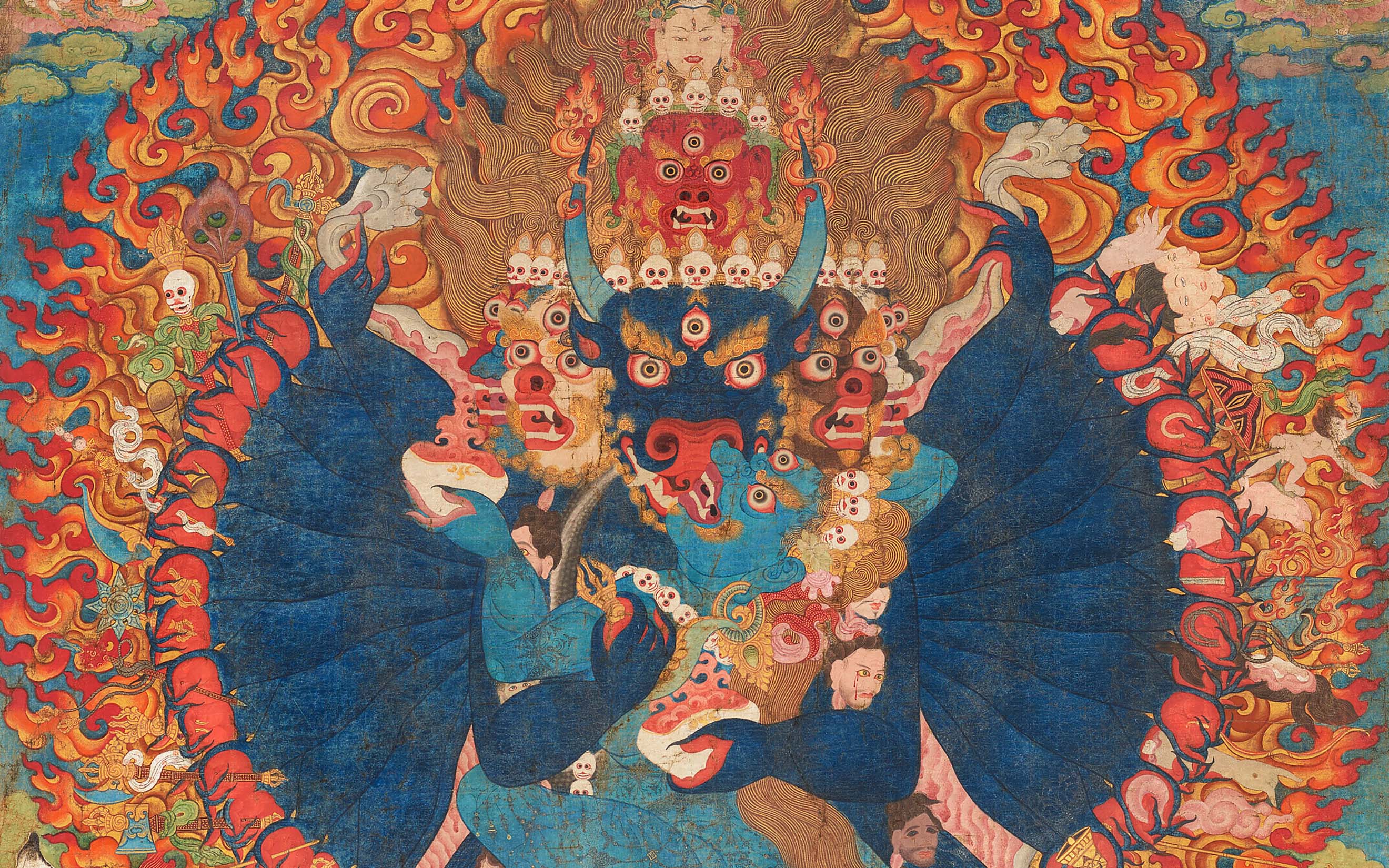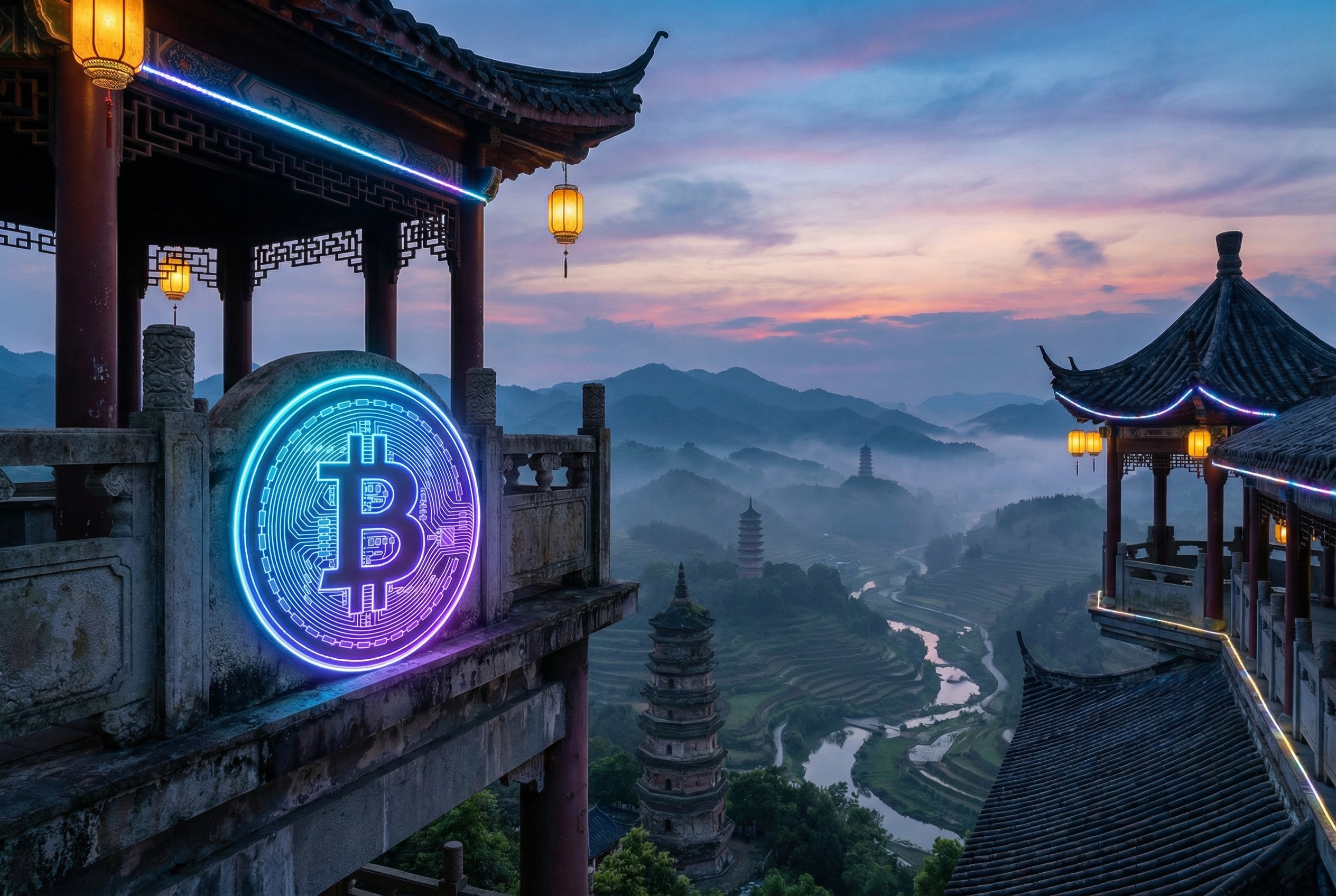It was one sleepy morning toward the end of spring quarter at the University of Chicago, that time of year when the last bit of motivation and good spirit has been drained. For weeks, everyone around me, including myself, had been surviving on ice-cold coffee, or tall cups of Frappuccino from the campus Starbucks. Thanks to global warming, Chicago spring was already hot and unbearable, and all I wanted during those sweaty afternoons was to gulp down bottles of cold water, and maybe chew some ice cubes. Yes, yes, I am Chinese, but to drink hot water on those days – as my relatives would implore – would be too much of a sacrifice for the maintaining of a cultural identity.
But on that morning in my Freud class, something other than incestuous libido development caught my attention. The girl sitting next to me pulled out a container and poured into the screw-down cap a liquid that let out elegant swirls of white smoke… It was steam, which meant she was pouring hot water!
The reason I’m making this observation, of course, is because she was white American. I sincerely hoped, for the cultural integrity of America, that she was pouring hot tea, because that would probably be much more forgivable. But alas, even hot tea! On such a hot day! Was she out of her mind?
I was not particularly close with this peculiar girl, and I dared not ask deep cultural questions before I got to know her better. But simultaneously, I was already sympathetic. I, too, have been a problematic case in the cold vs. hot water debate. The “problem,” translated into my own cultural context – the Chinese context – refers to my obsession with cold water, the exact opposite of my American friend (and yes, I have decided we are friends based on our common cultural heresy).
As a young girl, I was notorious for drinking cold water even in winter. I used to carry around the same container that my American friend pulled out, that cylindrical metal bottle designed to preserve the temperature of whatever was inside it. Ironically, it was my biggest obstacle for proper hydration. Every morning, before sending me off to school, my parents would boil a full kettle of water and fill my bottle with the burning liquid. Because my parents bought me the best water bottle, it often preserved the temperature of the water until the end of the school day. When I was thirsty, I’d screw open the top and find a rush of steam stick to my face. When I wore glasses, that steam would momentarily blind me. My solution was I gave up drinking water altogether.
Eventually, I learned to simply dump all the hot water the moment I arrived at school, and fill my bottle with cold water from the water fountains. Wherever I dumped the boiling liquid – down a toilet, into a sink, into a flowerpot (but only once – turns out flowers aren’t fans of hot water either, poor souls!) – clouds of steam would rise in the air, giving my action a ceremonial quality. It was my little rebellion.
Once they found out, my parents started attributing my weak digestive system to my chronic cold-water drinking. It is a common belief in China that hot water is good for one’s digestion and blood flow. It washes away the coldness clogged up in one’s body, and thus eases pain. For a common cold or menstrual cramps, patients are warned against cold water by convinced doctors. Each morning, one is advised against drinking or eating anything cold. Orange juice and milk from the fridge are simply unacceptable.
Some even believe that drinking hot water improves the efficiency of the digestive system to such an extent that it prevents any unhealthy accumulation of food in the stomach, thus reducing the possibility of obesity. (On the other hand, some point out that the intake of water below body temperature mobilizes more of the body’s energy and thus improves the rate of metabolism, potentially contributing to weight loss.)
The history of hot water consumption is tied into the history of the hot water bottle, which goes back a long away. The earliest artifact that resembles the modern hot water bottle is from the late Northern Song Dynasty, nearly a thousand years ago. Peddlers brought around hot water bottles to sell hot tea. According to Tales of Yi Jian, a collection of short stories as well as realistic depictions of everyday life, hot water bottles were made from glass with mercury plating.
Containers used for boiling hot water can be traced back even earlier, to the New Stone Age. One of the many kinds of such containers is the Gui (鬶, pictured below), a pottery pitcher with three legs. These supporting legs make the container able to stand on fire or other forms of heating. It is bird-like, with a long beak used to pour hot water or wine. A number of Gui were found in the Longshan culture (or the Black Pottery Culture) in modern-day Shandong Province, from about 3000 to 1900 BC. In contrast, potteries of the ancient West appear to have been mostly used for storage instead of cooking.
It is unclear why exactly the Western world does not favor hot water. Besides the theory of difference in the material development of tools, another socioeconomic explanation says that the Chinese intended to combat poor water quality through the boiling of water, believing in the sanitizing power of heat, while Westerners, especially in developed countries, have developed potable water accessible through taps. For example, the US Environmental Protection Agency has regulated water quality effectively through the Safe Drinking Water Act, which sets strict standards for all public water systems in the US.
But this division between cold water drinking and hot water drinking has been diminishing. As I grew up to have a stronger stomach, as more Western restaurants that chose cold water as their default opened in Beijing, and as Chinese restaurants also came to have pitchers of cold water with a slice of lemon, my parents stopped insisting and began actually asking if I wanted hot or cold water. (My answer was always the same.)
There are theories as to the benefits of hot water, and theories of the benefits of cold water. However, there are also more and more doubts about the absolute advantage of hot water in China, and similarly, cases of conversion to hot water in the US. Slowly, drinking hot water is no longer particularly “Chinese,” while drinking cold water is no longer strictly a sign of Western culture.
It is hard to determine which practice is strictly better. To some extent, doing so risks constructing a nonexistent cultural hierarchy. While it is important to recognize that there is still a distinction between the general beliefs of different “cultures,” individuals’ personal preferences are to be respected, and appreciated. I kept drinking my cold milk for breakfast, while many friends stick to hot tea. Now that I’m back in Beijing for summer, seeing hot soymilk at breakfast stands across the city only makes me feel at home.
Illustration by Marjorie Wang















